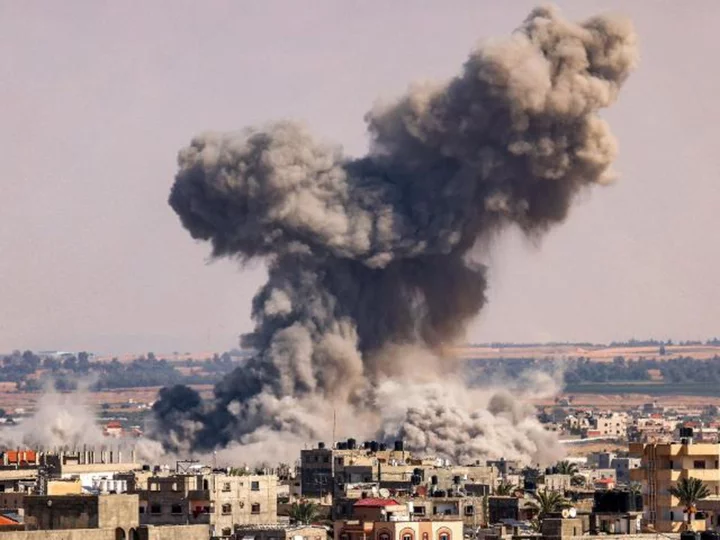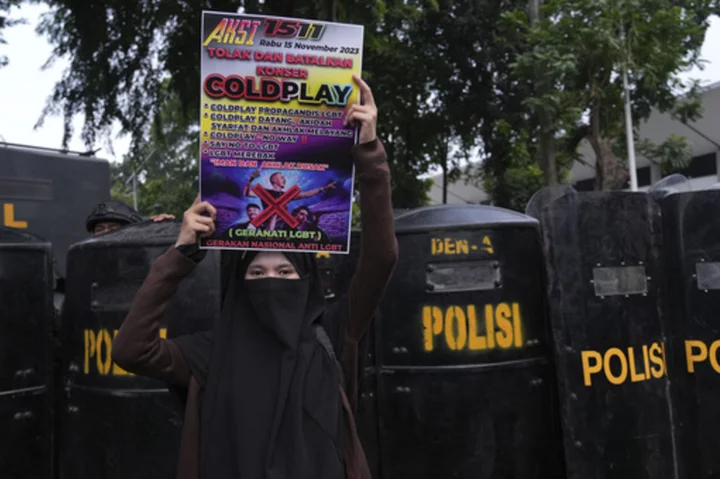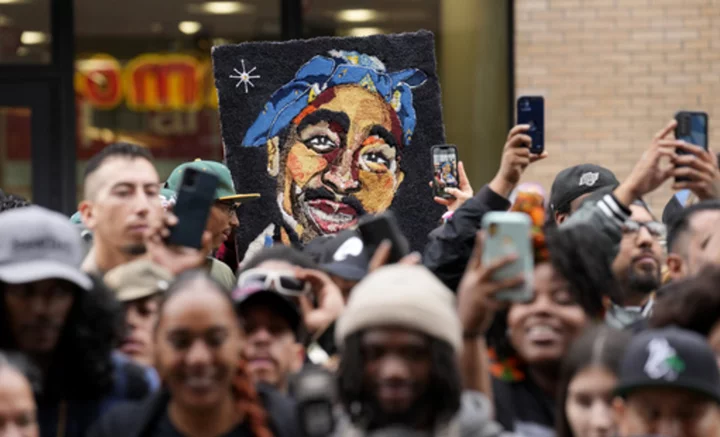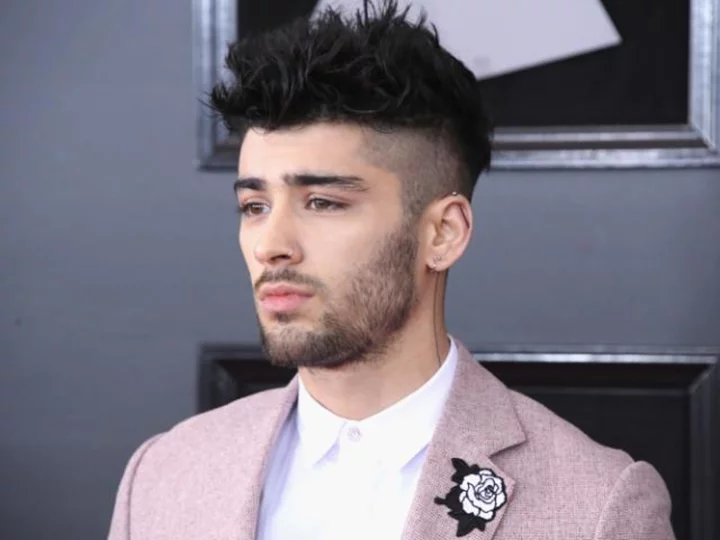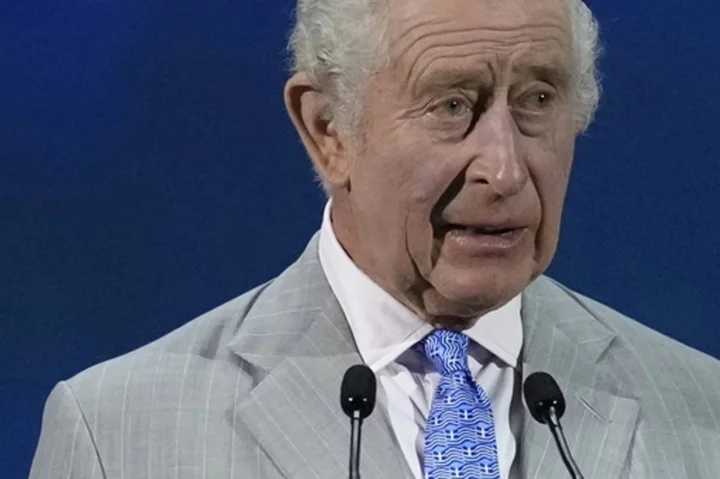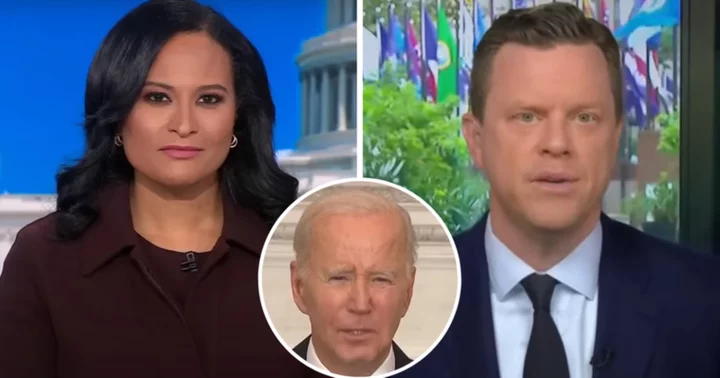Burned babies. Children wearing bloodied clothes. People crying out in agony.
Journalists reporting on the Israel-Hamas war from outside the immediate region are also being confronted each day with graphic imagery that they cannot look away from as they work to verify reports on the expanding conflict online and deliver the facts to the public.
While the challenges are dwarfed by the myriad of horrendous troubles afflicting those residing in the Middle East, they are without question leaving many reporters working in the digital battlefield scarred, with awful scenes forever imprinted into their memories.
The task is taking a particular toll on journalists whose specific roles are tasked with surfacing video and images from the war and subsequent humanitarian disaster and authenticating the imagery for use in reporting.
"The challenges our journalists face pale in comparison to what people in the region are experiencing. However, viewing this graphic footage does have an impact on our team," James Law, the editor-in-chief of Storyful, told me Wednesday.
Storyful is a news organization that sifts through the vast ocean of content posted on social media. The company then verifies — or in many cases debunks — that information for other newsrooms, which saves them valuable time and resources.
"As a result, it is our duty to look closely at the most confronting content posted online," Law said.
Law told me that his reporters have "been viewing extremely graphic footage as part of their daily work since the initial attack." Such video and photographs, he explained, have included "violence, dead bodies, [and] the worst imaginable images."
"Our journalists have risen to the challenge of this incredibly difficult story, but we're very conscious of acknowledging the toll this can take on our team members' welfare," Law said.
The work the Storyful team is doing is happening across the news industry right now, with scores of reporters assigned the responsibility of analyzing the horror posted online and then helping their newsrooms make sense of it. Often times, viral images circulated on social media platforms turn out not to be from the current Israel-Hamas conflict, making their work crucial in separating fact from fiction.
Newsrooms have recognized the mental toll that the work is taking on their journalists, with many offering support resources to their staffs. But, even with such resources, it's difficult to unsee the realities of war.
"Our journalists know what they do is critical, which gives them a sense of purpose in these situations," Law said, "and proves an effective way of dealing with such confronting material."
ISRAEL AT WAR
With at least 19 journalists reported dead since the onset of the Israel-Hamas war, the Committee to Protect Journalists joined more than 200 organizations in calling for a humanitarian ceasefire. (CPJ)"An apology to our readers": The Philadelphia Inquirer Editorial Board said it "regrets the publication of an editorial cartoon that reinforced antisemitic tropes." (Inquirer)"More than five dozen daily newspapers owned by investment firm Alden Global Capital ran an editorial on Wednesday urging the news media to describe Hamas as a terrorist organization," Sara Fisher reported. (Axios)"This really is an operation in which we've mobilized the entire newsroom," The WaPo's international editor Douglas Jehl told Peter Kafka. (Apple Podcasts)A "disinformation surge" is threatening to "fuel" the conflict, Stephanie Burnett, Stephen Farrell, and Hardik Vyas reported. (Reuters)"The Israel-Hamas war shows how social media has given up on facts," Kali Hays argued. (Insider)Stuart Thompson and Mike Isaac reported on how Hamas is "exploiting the challenge social media companies face in striking the right balance on moderation." (NYT)Hamas has been using the internet "as a tool for terror and antisemitism, building on a playbook pioneered by the Islamic State with the aim of instilling fear, winning attention and marshaling support for potentially more attacks to come," Drew Harwell and Elizabeth Dwoskin wrote. (WaPo) "Death in the desert": Alexei Barrionuevo and Natalie Korach took an in-depth look at the Israeli rave attacked by Hamas terrorists. The piece features unseen photography from the festival itself by Ido Derby and Liav Franko. (TheWrap)Noah Lanard sat down with Haggai Matar — who famously declined to serve in the IDF and later became a journalist for Haaretz and other Israeli outlets — to discuss the nightmarish reality of war. (Mother Jones)The Golden Globes donated $75,000 to the Committee to Protect Journalists, expressing its "commitment to support the courageous journalists who take tremendous personal risks to shed light on events and keep the world informed." (THR)Quentin Tarantino visited troops in Israel to "boost morale." (THR)The Cairo Film Festival was canceled due to the war. (Variety)

